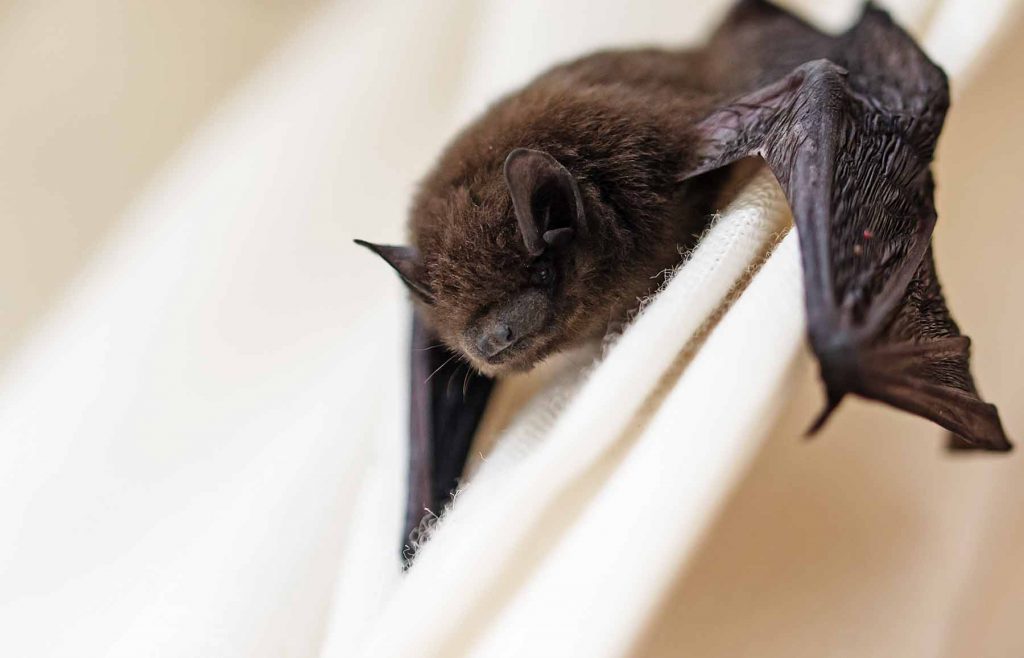When strange sounds echo through the quiet of your home, it may be easy to dismiss them as mere house settling noises. However, if those noises persist, accompanied by unexplained droppings or insulation damage, a more unwelcome houseguest might be the culprit. Squirrels, with their knack for finding cozy nesting spots, can make their way into attics, causing a host of issues. Learning to identify the signs of their presence can be crucial in addressing the situation before it escalates.
Key Takeaways
- Scratching noises and visible droppings indicate squirrel presence in the attic.
- Inspect for chewed insulation and squirrel sightings near your home.
- Use protective gear when cleaning droppings and disinfect affected areas.
- Prevent squirrel intrusion by sealing entry points and maintaining proper hygiene.
Scratching Noises in the Attic
If you hear persistent scratching noises coming from your attic, it may be a sign that a squirrel has taken up residence in your home. Squirrels are agile creatures that can easily find their way into attics through small openings. These noises are often most noticeable during the early morning or evening when squirrels are most active. When dealing with such situations, it is essential to consider pest control measures to address the issue promptly.
To confirm that the source of the noises is indeed a squirrel, you can perform noise detection by listening for running, scratching, or scurrying sounds. Squirrels are known for their quick movements, which can create distinct sounds within the confines of an attic space. Once you have identified the presence of a squirrel, it is crucial to take action to prevent any damage they may cause and ensure they are safely removed from your home. Effective pest control methods can help in managing squirrel infestations and safeguarding your property.
Visible Droppings Around the Attic
Upon noticing visible droppings around your attic, it is important to promptly address this potential sign of a squirrel infestation in your home. Squirrel droppings are often small, cylindrical, and dark in color, resembling rodent feces but slightly larger. Here are some essential points to consider:
- Cleaning Process and Removal Techniques:
- Use gloves, masks, and protective gear to safely clean and remove droppings.
- Thoroughly vacuum the affected areas and disinfect using a bleach solution to eliminate any lingering bacteria.
- Seal and dispose of the droppings in a tightly sealed bag to prevent further contamination.
- Sanitation Tips and Health Hazards:
- Maintain proper hygiene practices to prevent the spread of diseases carried by squirrel droppings.
- Be aware that inhaling airborne particles from dried droppings can pose health risks, including respiratory issues.
- Regularly inspect and clean your attic to prevent future infestations and safeguard your family's health.
Prompt and meticulous action is crucial when dealing with visible droppings to ensure a safe and healthy living environment.
Chewed or Damaged Insulation
Squirrel infestations in attics can often be identified by the presence of chewed or damaged insulation. When squirrels enter your attic, they may start to gnaw on the insulation material, causing noticeable damage. This can lead to a range of issues, including reduced energy efficiency and potential pest control problems.
To help you understand the impact of chewed or damaged insulation, let's look at the following table:
| Signs of Chewed Insulation | Potential Issues | Solutions |
|---|---|---|
| Insulation scraps on the floor | Reduced energy efficiency | Seal entry points |
| Visible gnaw marks on insulation | Increased pest activity | Install deterrents |
| Unusual odors from the attic | Structural damage | Contact professionals |
| Higher energy bills | Health concerns | Repair or replace damaged insulation |
Squirrel Sightings Near Your Home
When observing squirrel activity near your home, it is crucial to remain vigilant for any signs of their presence. Squirrels are agile creatures that exhibit specific behaviors when around residential areas. Understanding these behaviors is key to preventing any potential issues they may cause. Here are three essential points to consider:
- Squirrel Behavior: Squirrels are known for their acrobatic skills, often seen running along power lines or jumping between trees. If you notice squirrels displaying these behaviors near your home, it could indicate their presence in the vicinity.
- Squirrel Prevention: To deter squirrels from coming too close to your property, consider trimming tree branches that hang over your roof. Squirrels often use these as pathways onto your home. Additionally, secure any outdoor food sources like bird feeders, as these can attract squirrels and other wildlife.
- Regular Inspections: Conduct regular inspections around your home for any signs of squirrel activity, such as chewed wires or holes in the exterior. Early detection can help prevent squirrels from making their way into your attic.
Entry Points Into the Attic
Identifying potential entry points into your attic is essential for effectively addressing squirrel infestations in residential properties. One common entry point for squirrels is through roof damage. Squirrels can exploit even small openings in the roof, such as broken vents, gaps in the eaves, or deteriorated shingles. Inspecting your roof regularly for any signs of damage and promptly repairing them can help prevent these agile creatures from entering your attic.
Another way squirrels gain access to attics is through tree branches that overhang the roof. Squirrels are excellent climbers and can easily jump from overhanging branches onto the roof of a house. To mitigate this risk, trim back any tree branches that are within jumping distance of your roof. By keeping tree branches at a safe distance from your home, you can reduce the likelihood of squirrels using them as a pathway to your attic. Regularly inspecting your roof for damage and managing nearby tree branches can help fortify your home against squirrel intrusions.
